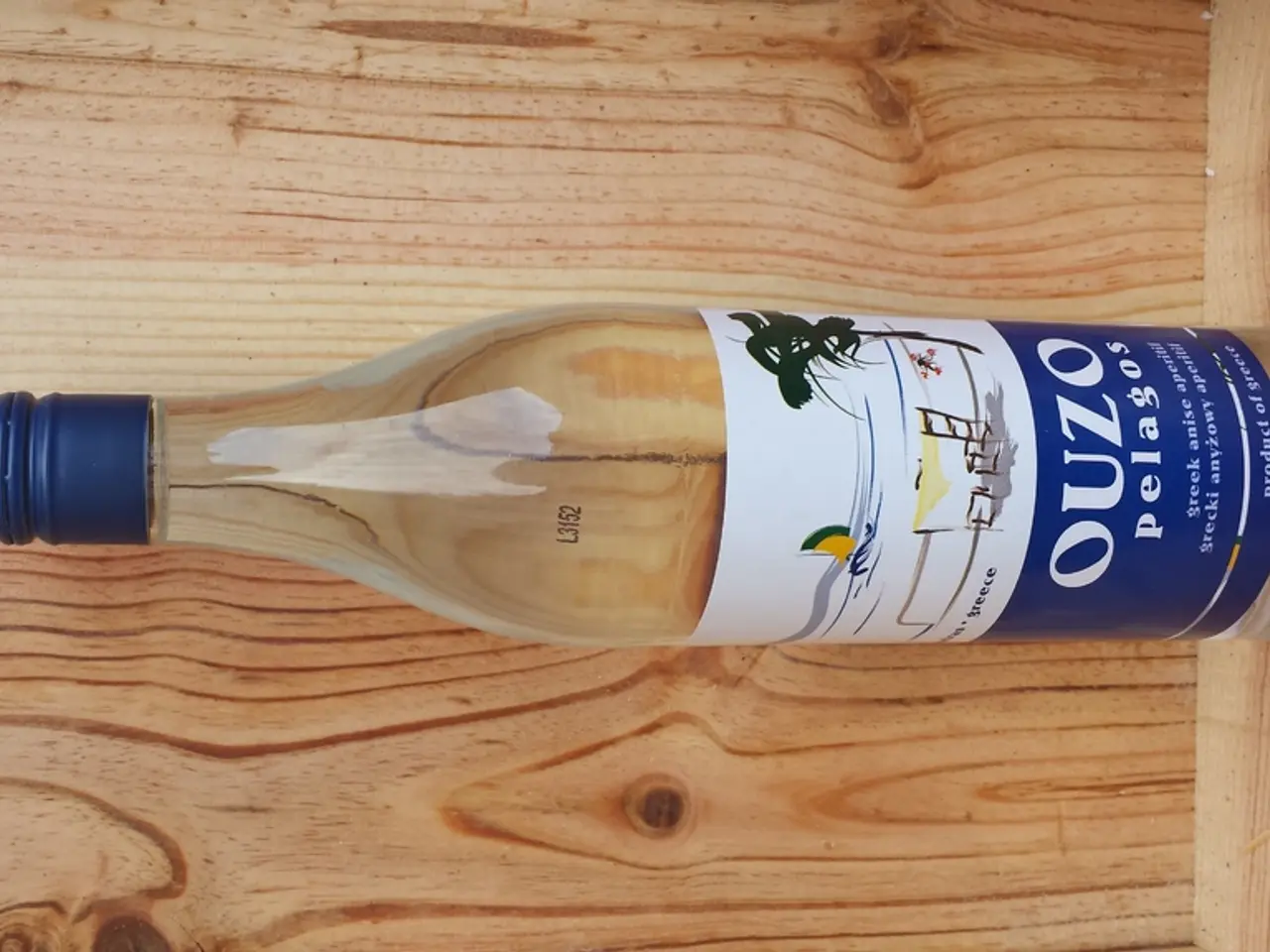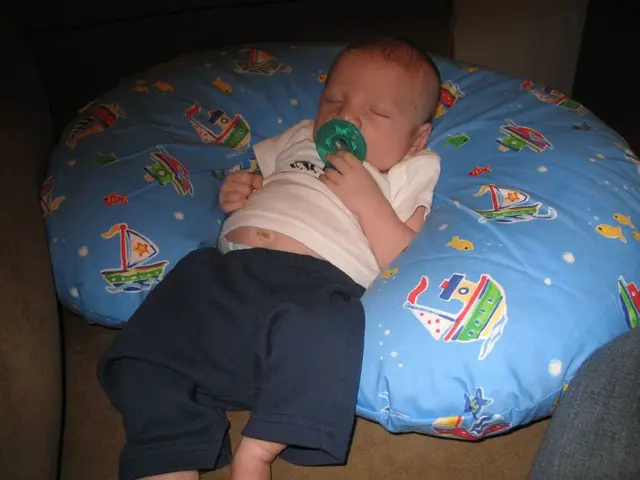Blisters Explained: An Overview of Their Nature and Causes
Blisters are small, fluid-filled bubbles that form on the skin as a result of damage to the outer layer of skin cells. They can be caused by various factors, including friction, burns, infections, allergic reactions, and medical conditions.
The most common type of blister is the friction blister, which occurs when the skin is subjected to repeated friction or rubbing. This is particularly common on the feet, where blisters can be caused by factors like tight or improperly broken-in shoes, ill-fitting socks, moisture inside the shoe, or small debris such as sand or stones. People who hike, run, or wear new shoes are more susceptible to friction blisters. Similarly, blisters on the hands can occur due to friction from tools, instruments, or other objects, heat and moisture, new activities or tools, and hand deformities.
Heat blisters, also known as sun blisters, occur when the skin is exposed to extreme heat or sunburn. These are common during hot weather or prolonged sun exposure.
Burn blisters occur when the skin is exposed to heat, cold, or chemicals that cause damage to the skin cells. These can be particularly painful and require immediate medical attention.
Blisters can vary in size, shape, and severity, ranging from small, pinpoint blisters to large, painful blisters that can be several centimeters in diameter. The area around the blister may become red, swollen, and inflamed, which is usually a sign of infection or irritation.
Blisters can be painful and cause discomfort, itching, or burning sensations. If you experience increased pain or swelling, redness or pus, fever or chills, or if the blister does not improve with treatment, it is essential to seek medical attention. Medical treatment for blisters may include draining the blister, prescribing antibiotics, applying a topical corticosteroid cream, and providing pain relief medication.
To prevent blisters, wear properly fitting shoes and socks, wear gloves when engaging in activities that cause friction on the hands, apply moisturizer to dry skin, avoid extreme temperatures, and take regular breaks to rest and cool down. Home remedies for blisters include applying a cold compress, using an antibiotic ointment, soaking the affected area in warm water, and applying topical creams or gels containing aloe vera, tea tree oil, or vitamin E.
It's generally not recommended to pop a blister, but if necessary, wash your hands thoroughly, clean the blister with soap and water, use a sterilized needle to drain the fluid, apply an antibiotic ointment, and cover with a bandage. Blisters can take anywhere from 3-14 days to heal, depending on the size and location of the blister.
Blisters can become infected or lead to more serious complications, such as scarring or skin infections. Therefore, it is crucial to take preventive measures and seek medical attention when necessary to ensure proper healing and avoid potential complications.
Read also:
- Hospital's Enhancement of Outpatient Services Alleviates Emergency Department Strain
- Increased Chikungunya infections in UK travelers prompt mosquito bite caution
- Kazakhstan's Deputy Prime Minister holds discussions on the prevailing circumstances in Almaty
- In the state, Kaiser Permanente boasts the top-ranked health insurance program






